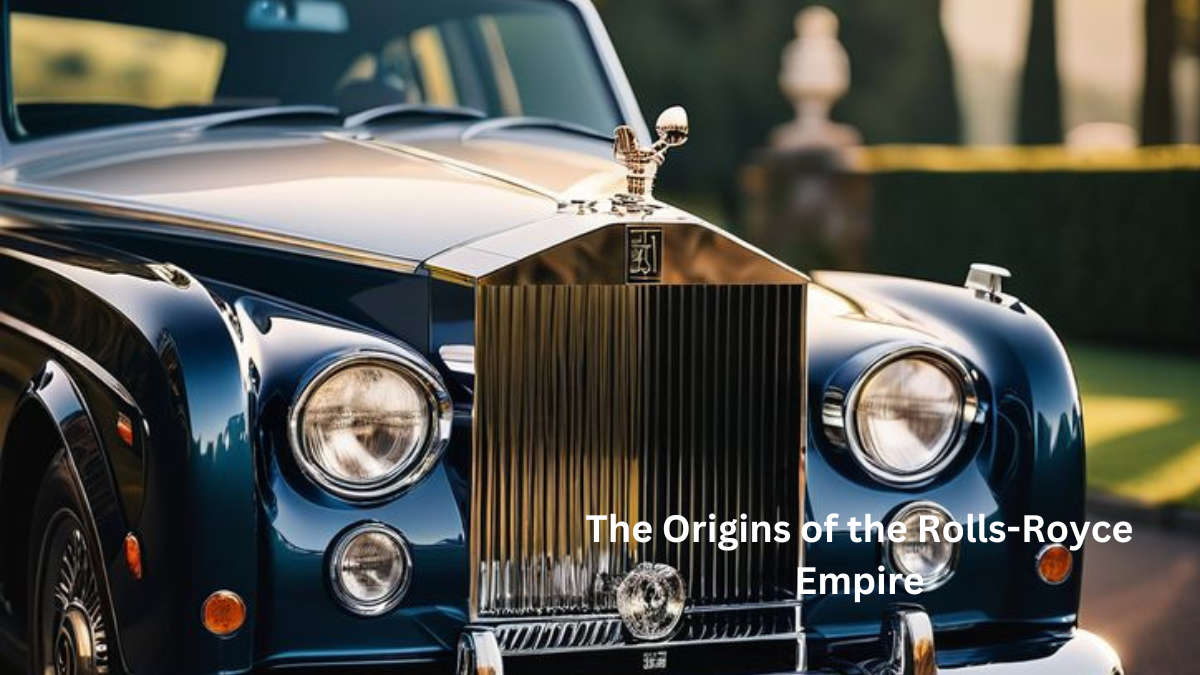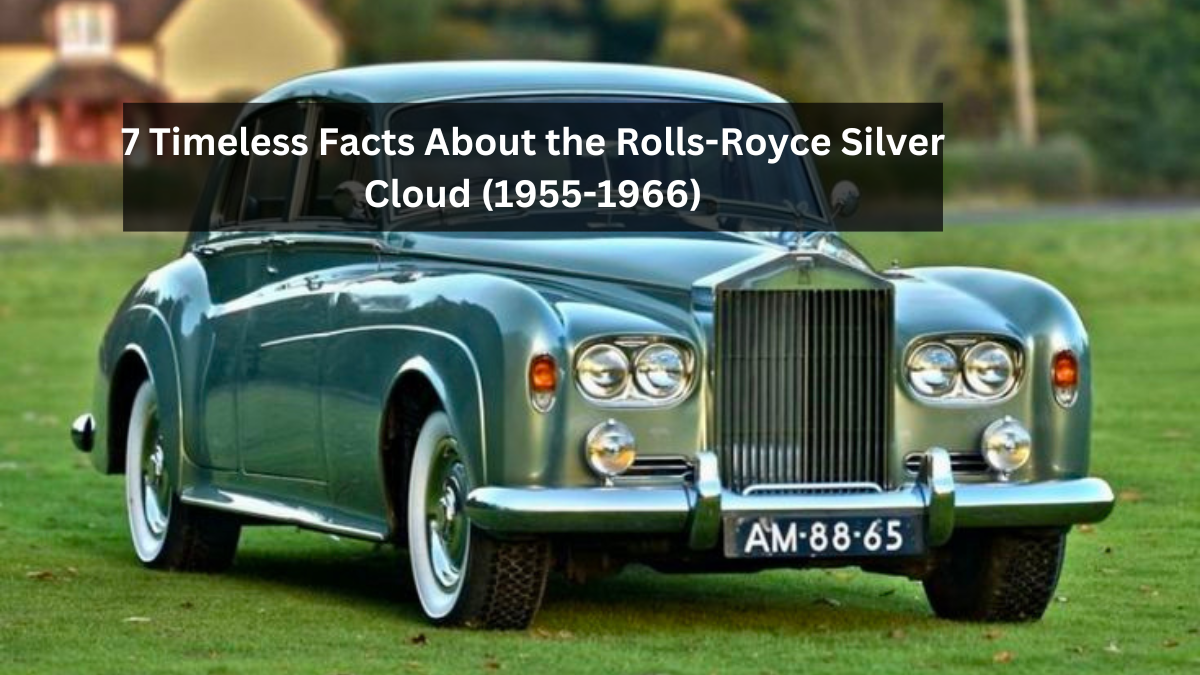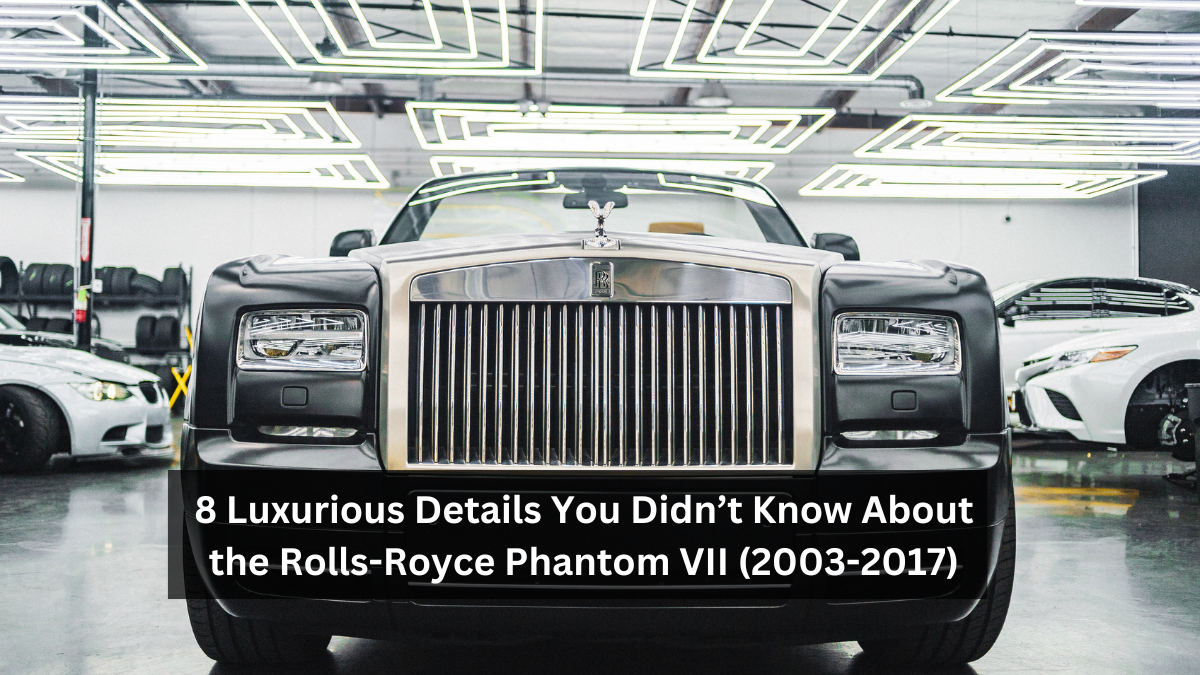Rolls-Royce has long been synonymous with luxury, prestige, and unparalleled craftsmanship. Founded in the early 20th century, this iconic brand has evolved into a symbol of wealth and status, known for producing some of the most luxurious and technologically advanced vehicles in the world.
The journey from a small car manufacturer to a global luxury empire is a fascinating story of vision, engineering excellence, and an unwavering commitment to quality. This article explores the history of Rolls-Royce and how it became the automotive icon it is today.
A History of Innovation and Extravagance
The Beginnings: A Chance Meeting
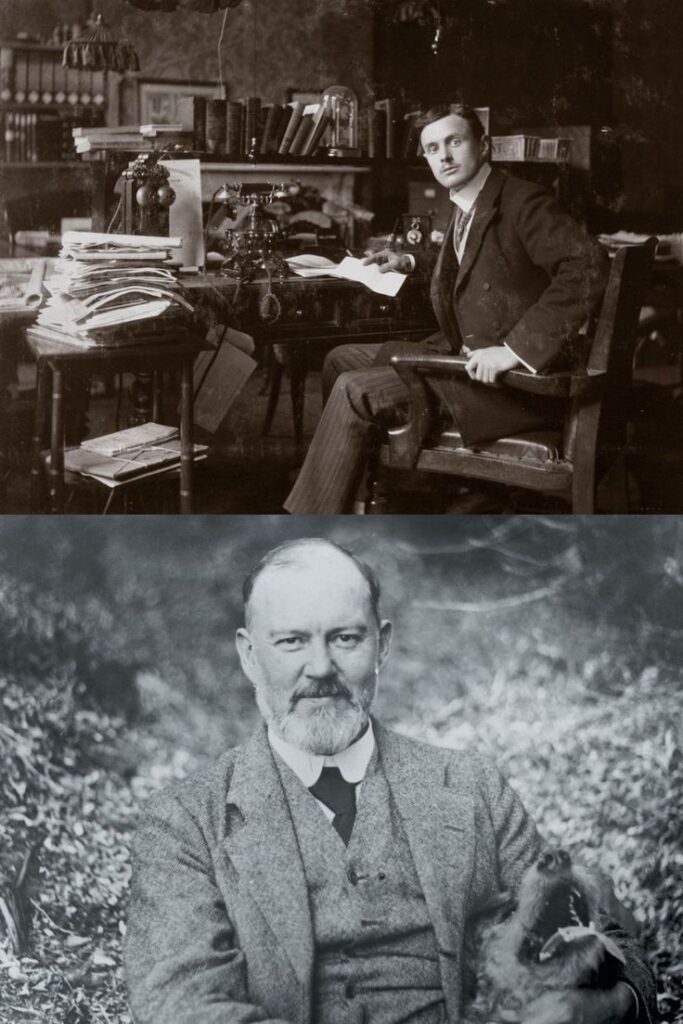
The story of Rolls-Royce begins with two men: Charles Rolls, a wealthy aristocrat with a passion for cars, and Henry Royce, a self-taught engineer and inventor. Despite coming from vastly different backgrounds, their shared love of automobiles and commitment to excellence would lay the foundation for one of the world’s most prestigious car brands.
After experiencing financial difficulties at an early age, Henry Royce, who was born in 1863 into a humble household, became deeply engrossed with engineering. His quest for building the ideal car finally prompted him to establish his own electrical and mechanical engineering company, which he built in 1904.
Around the same time, Charles Rolls, a Cambridge-educated aviator and automobile enthusiast, was searching for the perfect car to sell through his dealership. In May 1904, Rolls met Royce, and the two men quickly realized they shared the same vision for building high-quality automobiles. This chance meeting marked the birth of Rolls-Royce.
The Formation of Rolls-Royce Limited (1906)
By 1906, Rolls and Royce had formally established Rolls-Royce Limited, with Royce handling engineering and production, while Rolls focused on marketing and sales. Their first model, the Rolls-Royce 10 HP, was well-received for its smooth, reliable performance, but it was the Silver Ghost, introduced in 1907, that truly cemented their reputation.
The Silver Ghost was hailed as “the best car in the world” for its quiet operation, reliability, and durability. It was a significant technological achievement for the time, capable of completing long-distance drives with remarkable smoothness and precision. This model set the standard for luxury vehicles and established Rolls-Royce as a manufacturer of high-end automobiles.
Commitment to Perfection: The Engineering Genius of Henry Royce
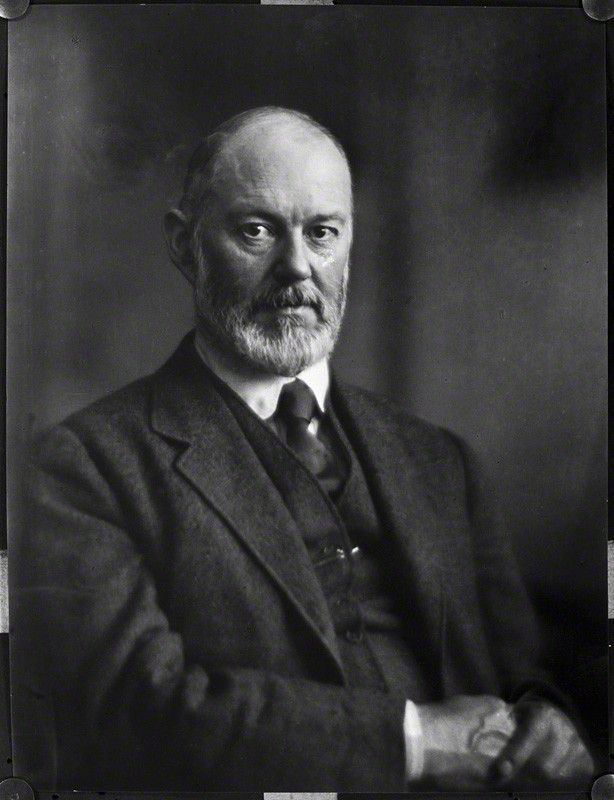
What set Rolls-Royce apart from other car manufacturers was Henry Royce’s relentless pursuit of perfection. Royce was a perfectionist with an unparalleled commitment to quality, often redesigning components that didn’t meet his exacting standards. He believed in “the pursuit of excellence,” a philosophy that became the cornerstone of Rolls-Royce’s brand identity.
Royce’s meticulous attention to detail extended to every aspect of the cars, from the engine design to the fit and finish of the interiors. This dedication to superior craftsmanship ensured that each Rolls-Royce was built with the highest level of precision, creating cars that not only performed beautifully but also exuded luxury and refinement.

The Expansion into Aviation (1914-1918)
World War I brought new opportunities for Rolls-Royce as the company expanded into aviation. When the British government called upon the nation’s engineers to help with the war effort, Rolls-Royce rose to the occasion. In 1914, the company designed the Rolls-Royce Eagle, its first aircraft engine, which would power Allied aircraft throughout the war.
Rolls-Royce’s foray into aviation not only helped the company survive during a period when car production was limited but also laid the groundwork for its future role in the aerospace industry. The engineering expertise developed during this period enabled Rolls-Royce to continue innovating, and by the end of World War I, the brand had established itself as a leader in both luxury automobiles and aircraft engines.
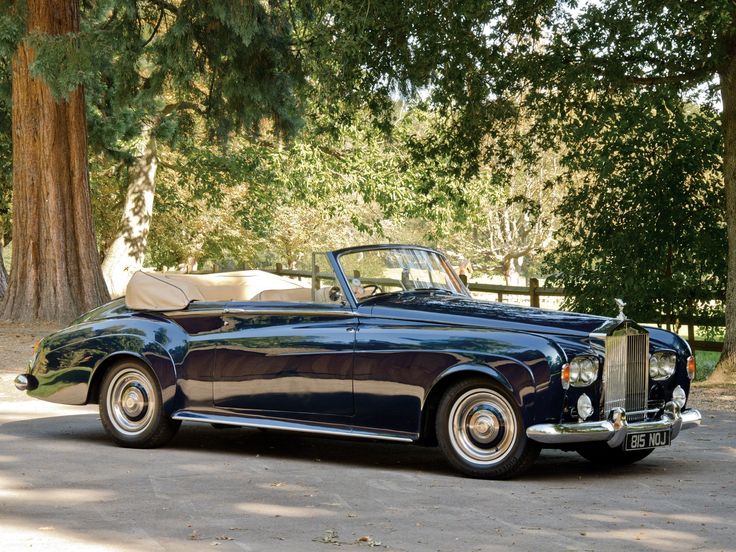
Post-War Success and Innovation
After World War I, Rolls-Royce resumed automobile production with renewed vigor. The brand introduced the Phantom I in 1925, a successor to the Silver Ghost, which quickly became the car of choice for royalty, celebrities, and the elite. The Phantom was known for its smooth ride, powerful engine, and opulent design, further solidifying Rolls-Royce’s reputation as the maker of the world’s finest luxury cars.
In the following decades, Rolls-Royce continued to innovate, with each new model showcasing cutting-edge technology and engineering excellence. The company’s focus on bespoke craftsmanship meant that no two Rolls-Royce vehicles were alike, as customers were able to customize everything from the leather interior to the wood paneling. This personalized approach, combined with the cars’ unmatched quality, made Rolls-Royce a symbol of success and status.
The Tragedy of Charles Rolls and Royce’s Continuing Legacy
Despite their early success, the founders faced tragedy. In 1910, Charles Rolls became the first Briton to die in an aircraft accident, leaving Henry Royce to lead the company on his own. Royce’s health began to decline in the 1920s, but he remained dedicated to overseeing the engineering aspects of Rolls-Royce until his death in 1933.
Even after Royce’s passing, the company remained committed to his philosophy of excellence. Rolls-Royce’s engineers continued to develop groundbreaking technologies in both the automotive and aviation sectors, ensuring that the brand maintained its position at the forefront of innovation.

The Birth of the Rolls-Royce Aircraft Engine Division
While Rolls-Royce’s automotive division grew in stature, its aviation division became just as crucial to the company’s success. During World War II, Rolls-Royce played a pivotal role in the development of the Merlin engine, which powered the famous Supermarine Spitfire and Hawker Hurricane fighter planes that helped secure Allied victory in the Battle of Britain.
Rolls-Royce’s expertise in engineering precision engines for aircraft propelled the company into the aerospace industry after the war, and by the 1950s, it was a major player in both luxury automobiles and jet engine manufacturing.
Modern Rolls-Royce: A Luxury Empire
By the late 20th century, Rolls-Royce was firmly established as a global symbol of luxury. In 1998, BMW acquired the rights to the Rolls-Royce brand for automobiles, while the aerospace division became a separate entity, Rolls-Royce plc, focusing on producing engines for aircraft and other industrial applications.
Under BMW’s stewardship, Rolls-Royce has continued to produce some of the world’s most luxurious and technologically advanced cars, including the Phantom, Ghost, and Cullinan SUV. Each vehicle is still built with the same attention to detail and commitment to quality that Henry Royce insisted upon over a century ago.
Read More – https://motorapidshop.com/a-look-back-the-most-iconic-vintage-cars-of-the-20th-century/
Conclusion: The Enduring Legacy of Rolls-Royce
Innovation, technical brilliance, and an unyielding pursuit of perfection laid the groundwork for the Rolls-Royce empire. Rolls-Royce has maintained its position as the gold standard of craftsmanship and opulence from the Silver Ghost era to the present day Phantom. By branching out into aviation and adopting new technology, the brand has proven over and again that it can change and adapt, solidifying its position as a worldwide symbol. A testament to the foresight of its founders and the lasting allure of its designs, Rolls-Royce is still the gold standard when it comes to luxury automobiles today.

